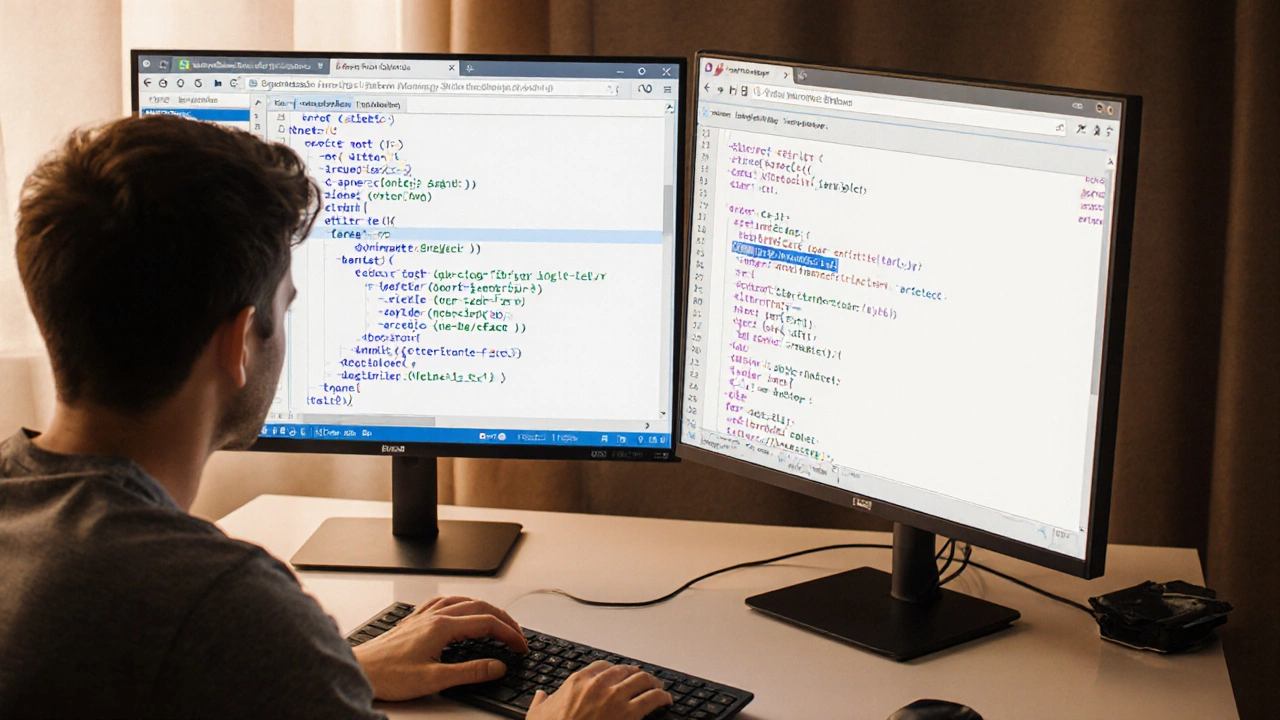CSS JavaScript same time: How to use them together effectively
When you're building a website, CSS, the language that controls how elements look on a page handles the styling, while JavaScript, the language that makes websites react and change handles the behavior. Using them CSS JavaScript same time isn’t just common—it’s necessary for any modern site. You don’t pick one over the other. You use both, side by side, to make pages that look good and work well. Think of CSS as the clothes your website wears, and JavaScript as the muscles that make it move.
Many beginners think CSS alone can make a site interactive—like sliding menus or form validation—but that’s not true. CSS can animate things, sure, but it can’t respond to clicks, fetch data, or change content based on user input. That’s where JavaScript comes in. For example, if you want a button to change color when clicked, CSS defines the colors, but JavaScript listens for the click and switches the class. Or if you’re building a responsive menu that hides on mobile, CSS handles the layout changes with media queries, but JavaScript might toggle the menu open or closed based on a tap. These aren’t competing tools—they’re teammates.
You’ll find this combo in almost every post here. From responsive web design, a method to make sites adapt to any screen size using CSS Grid and Flexbox, to dynamic websites, sites that load content without refreshing using JavaScript’s fetch() method, the best sites blend both. Even when you’re using a framework like Bootstrap, you’re still relying on CSS for layout and JavaScript for interaction. The same goes for WordPress themes—HTML and CSS structure the page, but JavaScript adds the polish: smooth scrolling, live search, form feedback. Skip one, and your site feels flat or broken.
It’s not about learning both at once. Start with CSS to get the layout right. Then add JavaScript only where you need behavior. Don’t overdo it. A site that loads 10 JavaScript files just to change a button color is slow and messy. Use CSS for styling and simple animations. Use JavaScript for logic, user input, and data. And always test on mobile. A lot of what looks fine on desktop breaks on small screens when JavaScript doesn’t play nice with CSS media queries.
The posts below cover real cases: how to make a responsive site that also loads content dynamically, why JavaScript can break your CSS layout if you’re not careful, and how to avoid common mistakes when both are in play. You’ll see how professionals use this combo to build sites that load fast, look sharp, and feel alive. No theory. No fluff. Just what works.
